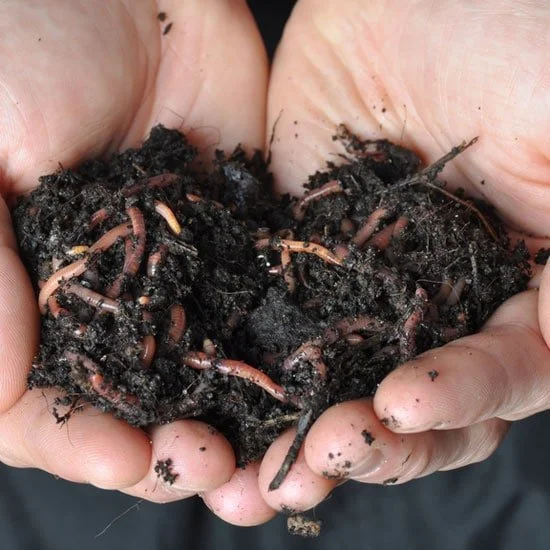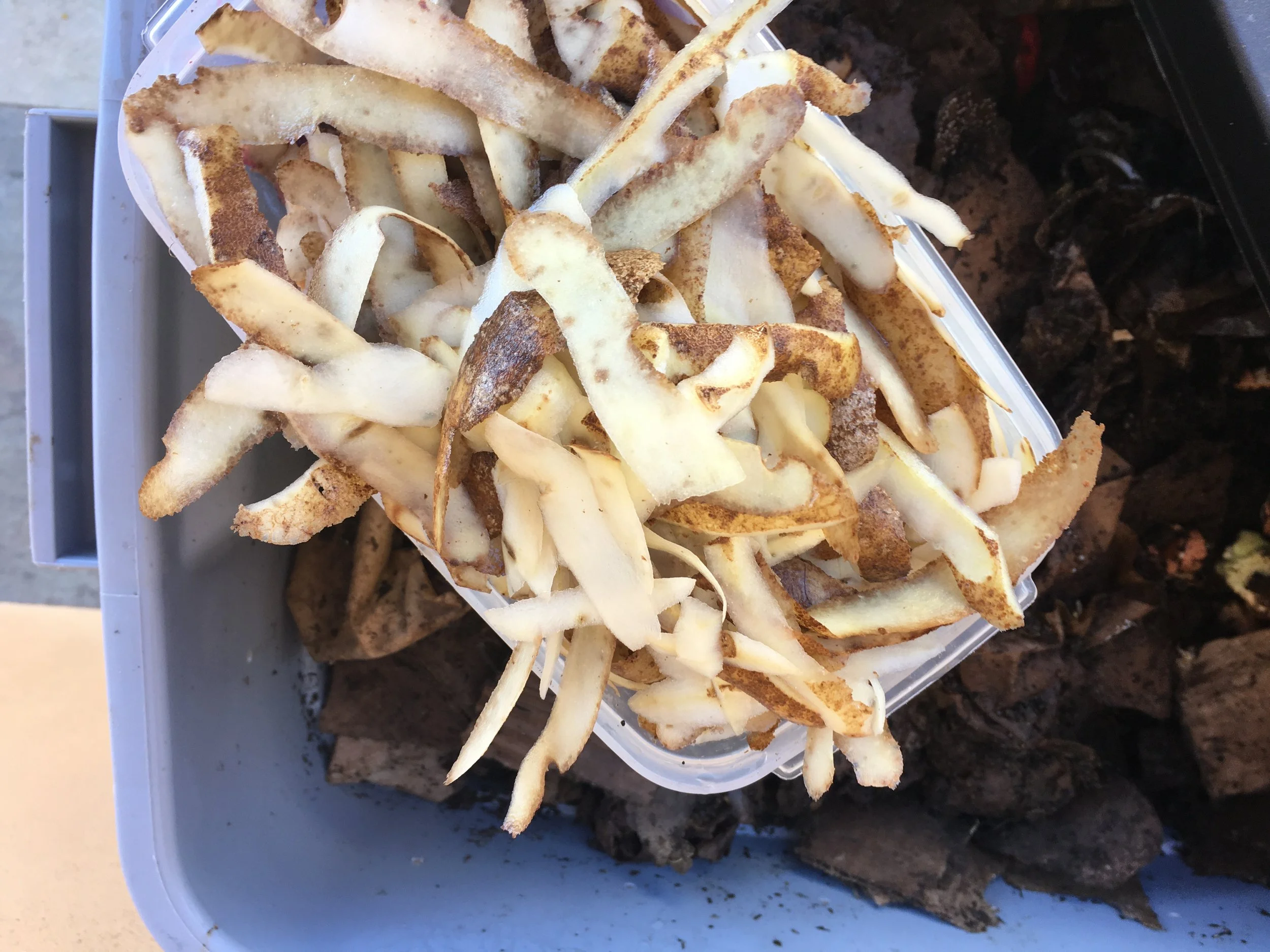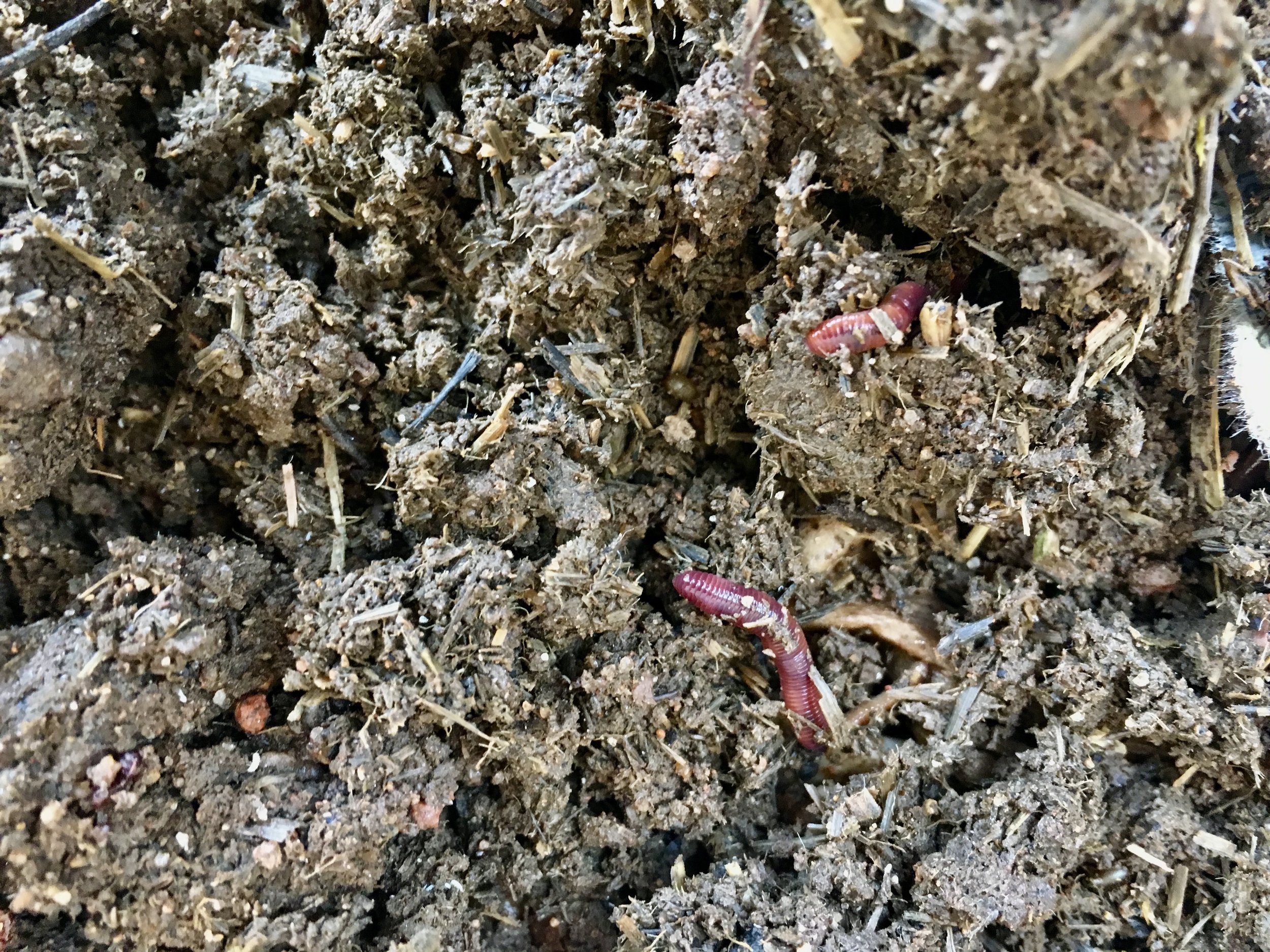Worm Composting
I’m adding more food for the worms. On the menu: leftover peas, cotton dryer lint, coffee grounds, potato peelings, shredded cardboard. Then cover with a folded sheet of newspaper and put on the lid.
I began worm composting about twenty years ago when I picked up a beehive box on the side of the road. I didn’t know much about vermiculture, but I thought the box would work. I had worms in the lower regions of my compost bin and I must have found some article on how to do it.
I continued to feed the worms my vegetable scraps and coffee grounds for many years until the box fell apart. As needed, I harvested the rich worm castings, usually putting them in the bottom of planting holes. Now I use a homemade Rubbermaid two-bin system which you can see here.
The best information on worm composting I’ve encountered in recent years is from the CalRecycle website. Check out this link and the topics listed below. You’ll find everything you need to know to start vermicomposting.
Vermicomposting: Composting with Worms
Scroll down for other blogposts I’ve done on composting.






